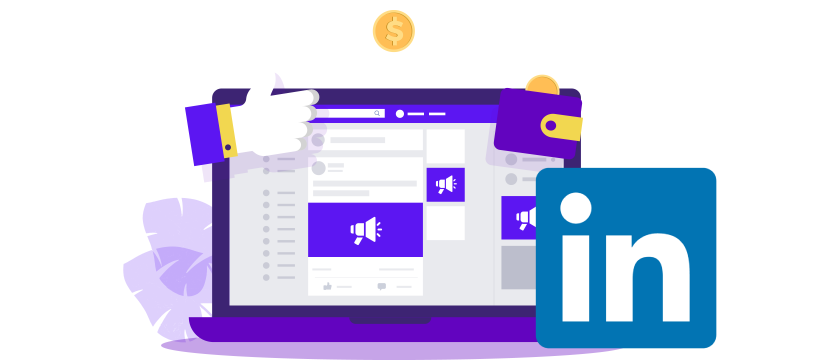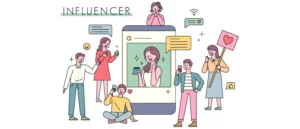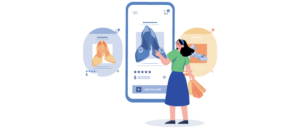Introduction
In the ever-evolving digital marketing realm, LinkedIn Ads continue to be a prominent player, providing businesses with a unique platform to reach a professional and engaged audience. As we step into 2024, it’s crucial to evaluate the pros and cons of leveraging LinkedIn Ads to make informed decisions for your advertising strategy.
Pros
- Professional Targeting: LinkedIn stands out for its professional user base, making it a perfect platform for B2B marketing. Ads can be finely tuned to target professionals based on job titles, industries, company sizes, and other relevant demographics, ensuring that your content reaches the right audience.
- B2B Lead Generation: For businesses aiming to generate high-quality leads, LinkedIn Ads offer a powerful solution. The platform’s extensive user data allows for precise targeting, making it easier to connect with decision-makers and key stakeholders within organizations.
- Enhanced Brand Visibility: LinkedIn Ads provide an opportunity to elevate your brand’s visibility within a professional context. With a well-crafted campaign, businesses can establish themselves as industry leaders, fostering trust and credibility among their target audience.
- Diverse Ad Formats: LinkedIn provides a range of advertising types, such as Display Ads, sponsored content, and sponsored InMail. This diversity enables advertisers to choose the format that best aligns with their goals, whether it’s brand awareness, lead generation, or website traffic.
- Detailed Analytics and Insights: LinkedIn’s robust analytics provide advertisers with valuable insights into the performance of their campaigns. This data allows for continuous optimization, helping businesses refine their targeting and messaging strategies for better results.
Cons
- High Costs: One of the significant drawbacks of LinkedIn Ads is the relatively high cost compared to other social media platforms. The platform’s premium audience comes at a premium price, making it challenging for small businesses with limited budgets to compete effectively.
- Limited Audience Size: While LinkedIn’s user base is highly engaged and professional, it is smaller compared to other social networks. This limitation may impact the scale of your campaigns, especially if your target audience is niche or specific.
- Ad Fatigue: LinkedIn users are accustomed to seeing sponsored content, and over time, this can lead to ad fatigue. To maintain effectiveness, advertisers must continually refresh and optimize their ad creatives to avoid being overlooked by users who have become desensitized to certain formats.
- Learning Curve for New Advertisers: For businesses new to LinkedIn Ads, there can be a learning curve in understanding the platform’s nuances and optimizing campaigns effectively. Acquiring the necessary expertise might require allocating extra time and resources for training or recruiting specialists to navigate the intricacies of the advertising system.
- Limited B2C Appeal: While LinkedIn excels in B2B marketing, there may be better platforms for some businesses, especially those targeting a predominantly consumer audience. Advertisers in B2C industries may find more cost-effective and suitable options on other social media platforms.
Conclusion
LinkedIn Ads provide distinct benefits for businesses seeking to engage with professional demographics, particularly in the B2B sector. However, the platform comes with its challenges, including high costs and a smaller user base. To make the most of LinkedIn Ads in 2024, Businesses must thoroughly evaluate the pros and cons, align their objectives with the platform’s capabilities, and consistently adjust their tactics to maintain a competitive edge in the ever-changing digital advertising market.
To learn more or to acquire our services, please contact us at info@paypercampaign.com





